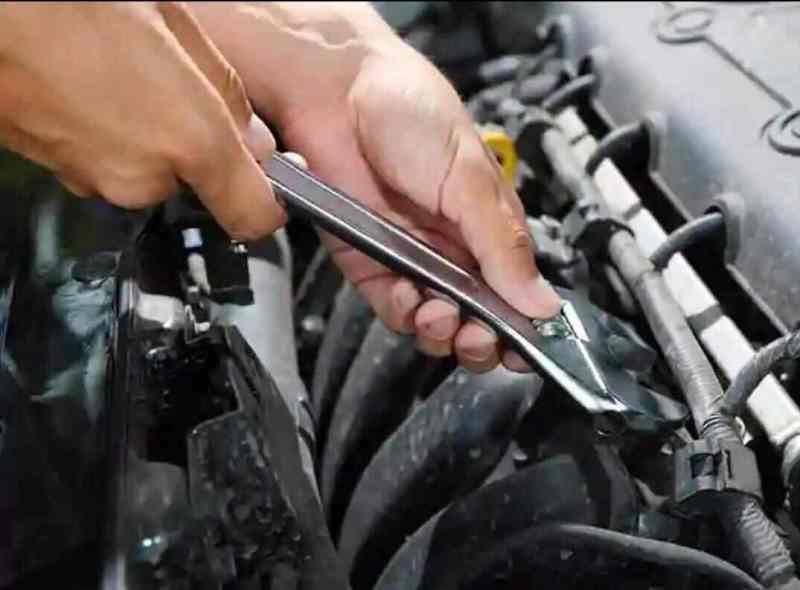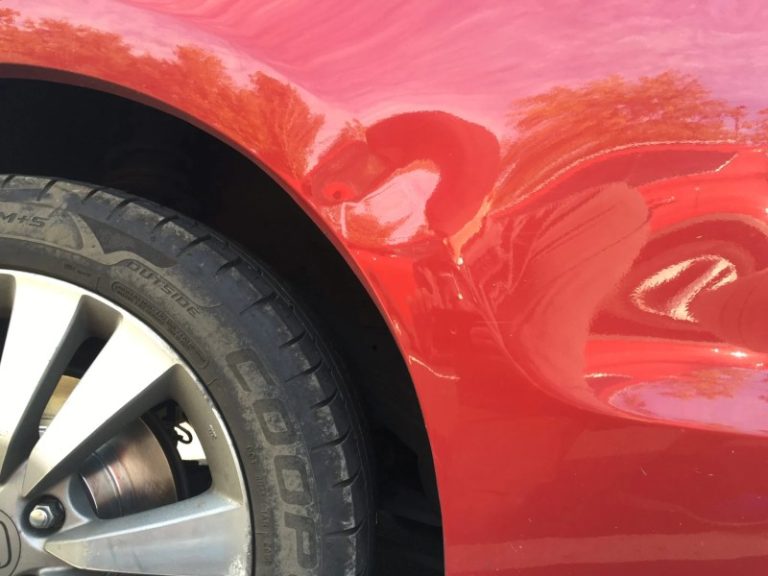How To Fix Car Horn With Screwdriver – Did you know that the horns were used in vehicles from the end of the 19th century to a warning signal to other drivers and pedestrians? Since then, the creation of car horns has come a long way, and modern horns are a necessary safety function of all vehicles.
Replacing the horn is the overall task of car owners because the horns can be used or stop the operation for different reasons, such as electrical problems or damage. One of the most popular car models that require horn substitutes is known for its reliability and longevity on the road.
How To Fix Car Horn With Screwdriver
The process of changing the car horn is quite simple and can be done at home with the right tools and knowledge. By doing a few simple steps, car owners can save time and money by changing the horns themselves, avoiding expensive trips. In fact, research shows that a significant number of car owners are choosing a single maintenance task to reduce costs.
Horn Fuse Replacement: A Step-by-step Guide
When you need to ensure your safety on the road, it is very important to have a working horn to warn others of your presence and prevent accidents. Car horns plays a vital role in communicating between drivers and pedestrians, so you should contact the horn immediately. Understanding the importance of horning and doing simple steps to do it separately, car owners can maintain the functionality of this important safety function.
When it comes to replacing the horn at Civic Honda, it is important to first find a horn, usually found near the vehicle’s front bars. The horn can be easily replaced by disconnecting electrical connections, removing the old horn and installing a new location. It is necessary to make sure that the replacement horn is compatible with the specific Honda Civic model. In addition, it is very important to test the new horn after installation to check that it is working properly. To call in detail how to replace the Honda Civic horn, continue to read these sections.
Honda Civic is a relatively simple task and can be done at home with only a few means. Here is a step -Step CEO of how to replace Honda Civic Honda Honda:
** 1. Find the horn: ** Civic Honda Horn is usually behind the front buffer to the network. You may need to remove some plastic panels or buffer parts to enter the horn.
55 Chevy Bel Air Horn Repair: Quick Fixes
** 2. Disconnect the wires: ** Disconnect the wire connected to it before removing the old horn. This is usually a simple socket that can be easily removed.
** 3. Remove old horn: ** Horn is usually considered instead of a bolt or support. Use a key or socket to remove the bolt and carefully remove the old horn from its attachment site.
** 4. Install a new horn: ** Take a new horn and attach it to the same place where the old horn was removed. Use the same bolt or support to attach a new horn.
** 5. Connect the wires: ** When the new horn is safe, connect the wires with the new horn. Make sure it is safely connected to ensure the right function.
Probots 6 In 1 Magnetic Screwdriver Kit Buy Online India
** 6. Try the horn: ** Before you assemble any panels or parts, try a new horn to make sure it works correctly. Press the horn button inside the car to check that new horn is calling.
**. Make sure everything is safe.
Statistics show that a faulty horn is a common problem with vehicles and its replacement can improve road safety. In most cases, the horn can be replaced in less than an hour and with minimal costs. So, if you find that the Honda Civic Horn is not working properly, consider changing it by making these simple steps.
Yes, you can change the horn of your vehicle is a pretty simple task that can be done using basic tools and some time. Here are the three most important information you need to know:
Pembuka Tayar Injap Valve 2 Way Valve Core Opener Tool (gold) R12 R22 R134a Leakage Repair Spanner
1. Set the location of the horn – determine where the horn is on your vehicle before starting the replacement process. It is usually behind the front or front grill. If you are unsure of its exact location, see your car manager.
2. Disconnect the power supply – before working in the horn, make sure that first disconnect the power supply to prevent electric shocks. This can usually be done by removing the horn wire connector or disconnecting the vehicle’s battery.
3. Install a new horn – after removing the old horn, you can continue to install a new one by connecting it to the wire wires. Make sure it is safe and try it to make sure it works properly before doing the job.

It is very important to choose the right horn for your vehicle as it determines the sound quality and volume of the horn. Here are the most important three things to consider when choosing a horn:
Is The Middle Horn Area Removable?
1..
2. Compatibility – Make sure the horn you choose is compatible with the brand and model of your vehicle. Check the horn’s electrical dimensions and requirements to prevent installation problems when installing.
3. Legal Requirements – Some regions have rules for a horn type that can be installed in a vehicle. Make sure you have investigated the legal requirements of your area to make sure the horn you choose is following these rules.
To replace the horn in your vehicle, you need basic tools that are usually found in many household tool kits. Here are the three main tools you will need for work:
Repair Air Horn Diaphragm: Quick Fix Guide
1. Output set – The socket set is necessary to remove the screws or screws that attach the horn. Make sure you have a kit that contains both metrics and standard sockets to store different types of fasteners.
2. Samples – pliers are handed to disconnect the wire connection or instead attach a new horn. They can also be used during the replacement process tense and handled small parts.
3. Screwdriver – A screwdriver needs to be unscrewed to remove panels or lids that can prevent access to the horn. Choose a screwdriver with head and Phillips head options to fit different types of screws.

Yes, it is very important to try the horn by changing to make sure it works properly. Here are the three main reasons why horn testing is important:
Ford Horn Not Working: Quick Fixes & Solutions
1. Safety – A properly functioning horn is a vital safety feature of any vehicle as it warns other drivers and pedestrians about your stay on the road. The horn test ensures that it will work when it is needed in critical situations.
2. The installation confirmation – When testing the horn confirms that it was installed correctly and safely. This allows you to check that the wiring connections are safe and that the horn creates the desired sound.
3. Respect for regulations – some regions have rules where vehicles oblige to have a functional horn. After trying the horn after the change, you can make sure your vehicle meets these legal requirements.
Whether you can change the horn yourself or you need professional help depends on your comfort level, using the main vehicle maintenance tasks. Here are three factors to consider when deciding whether to do or seek professional help:
Honda Civic Horn Replacement: A Step-by-step Guide
1. However, if you are unsure or uncomfortable due to the process, seeking professional help may be a better choice.
2. Tools – It is necessary to have the necessary tools and equipment to successfully change the horn. If you do not have the necessary tools or you are familiar with them, it may be wise to contact a professional.
3. Time and effort – Horn replacement can be quite quick and simple tasks for those who have experience. However, if you are unsure of the process or anticipate the difficulties of the meeting, you can save time and effort by the professional managing a change.
In conclusion, Honda Civic Honda is a relatively simple process that can be done using minimal means and competence. By performing the steps described in this article, you can easily install a new horn and restore this important safety function in your vehicle. Remember that you always prefer security and take the necessary precautions when working on your machinery electrical systems. to warn







